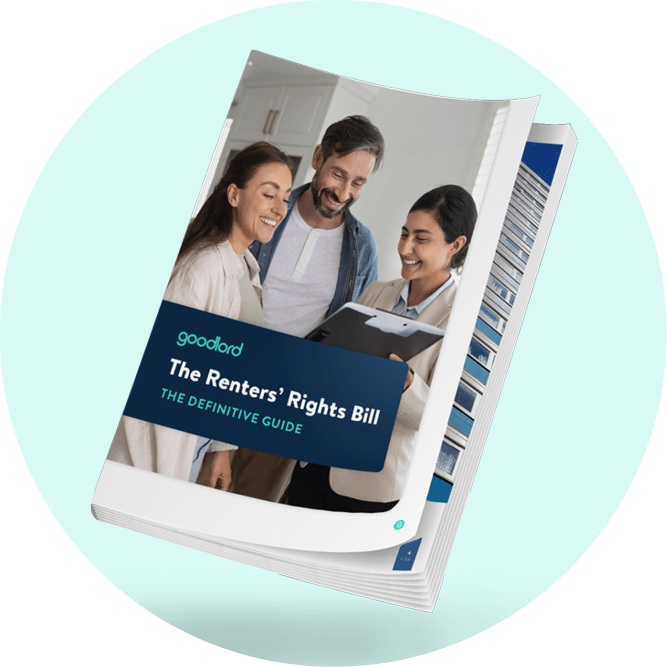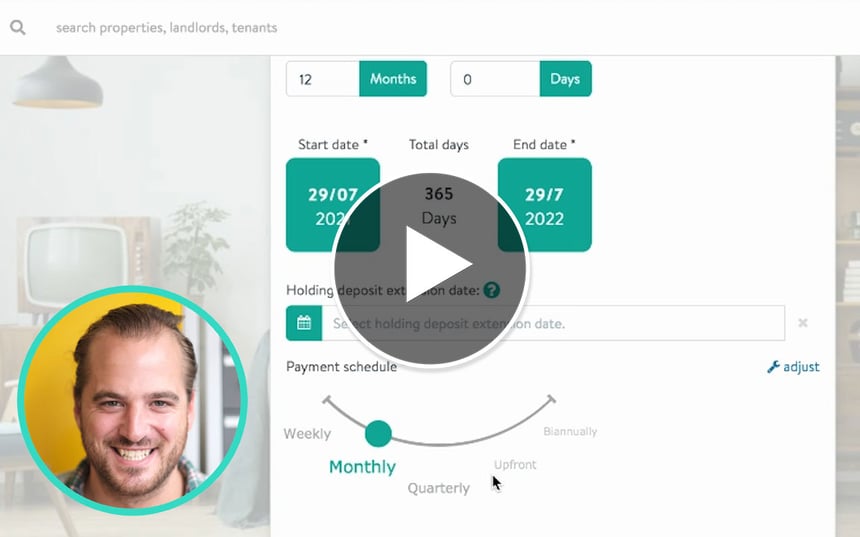5 ways to drive revenue for student-let landlords
Student lets can offer great returns when managed the right way. Here are five top tips for how to make sure your landlords' student lets are profitable.
All landlords want to see a return on their investment, and this doesn't change with student lets. Paragon Bank's research shows the mean gross achieved by landlords has steadily increased from 5.62% in September 2020, to 6.66% in September 2023.
Barring the pandemic, which forced students to study from home, the demand remains steady, making student-lets an attractive avenue to focus on. The demand for student accommodation stands at nearly 1.5 million students, with 96.4% of students seeking housing.
As students tend to pay in line with their loans in bulk, it can help with a landlord's cash flow. On top of this, agents can guide their landlords on extra steps to take, to make sure their student lets are extra profitable.
Here are 5 tips for letting agents to help drive revenue for student-lets:
- Choose the right property
- Market it well ahead of time
- Make the most of the summer holidays
- Renovate to offer quality
- Have an in-depth inventory
Choose the right property
The first step towards making a profit on a student lets is to ensure letting agents are advising landlords on purchasing the right property in the first place.
Location, as always, is key, and properties close to the university are always in demand. Outside of the well-known student villages, it could also be worth looking at if there are any unofficial student areas in the city, especially near secondary campuses.
Paragon Bank has found that smaller university towns and cities are becoming the top locations for student rental yields. Stoke-on-Trent, home to Staffordshire University, holds a rental yield of 9.42% in 2023, and an average annual rental income of £13,730.
Traditionally, students are unlikely to want the hassle of a garden to maintain, so properties with a no-fuss yard could be top of their list. Look into the latest student trends in your area and help your landlord find a property that ticks all those boxes.
Market it well ahead of time
The demand for student properties comes in waves, which is great for understanding when to market the property. It also means landlords can make sure they’ve accepted the next student before the previous one leaves. Contracts can be signed off much further in advance in comparison to the private rented sector, as landlords can aim to renew the current students by December for the summer, for example.
If you can get universities to help promote your agency and your landlords' properties to their students, you'll also be a top choice for new tenants when the previous batch moves out. Promotion from the university will help create trust between student tenants and landlords.
All of this will limit void periods for landlords - or at least allow time to prepare and plan if there is a gap between tenants.
Make the most of summer holidays
Summer holidays are the one time of year when a void period is most likely. As reported in our Rental Index, the average void period in August 2023 was 13 days. For students tenancies, void periods are at risk during the summer months while students don't occupy the property - even if they plan to return for the next term. However, there are ways around this.
Check out Goodlord’s Rental Index for more data on the lettings industry
Some students may be looking for a property they can stay in for a couple of years, and moving out in the summer would be a lot of hassle, so letting agents can try offering a 52-week contract.
The alternative is offering a reduced rent over the summer - knowing that they'll return to their families for that time - with the caveat that letting agents or the landlord can access the property to renovate or do any maintenance.
If the tenant wants to move out over the summer completely, consider marketing the property to students on summer courses - or, if you're in a tourist spot, try a short holiday let.
Find out what’s changing for short-term lets in 2024
Renovate to offer quality
Students frequently look for purpose-built housing, as it caters to their specific requirements. Buy-to-let landlords should consider different ways to keep up, and renovating is one of them. Landlords should balance essential renovations with cosmetic improvements - keeping an eye on their yield to ensure the property is marketable.
Newer and more economical amenities, such as a boiler or shower, will equate to less maintenance in the long run, and help keep the amount paid out in bills low.
You'll also be able to charge higher rents the better the quality, in line with the market average. Similar to the rent-price surge occurring in the private rental sector, the 2023/24 academic year “has seen record rental growth of 8.02%”, meaning the rent available for student lets can be higher if the right amenities are available.
Have an in-depth inventory
If damage to the property needs to come out of the security deposit, you'll need to make sure that the original inventory clearly outlines the state of everything from the start of the tenancy.
Deposit disputes are best avoided for everyone involved, and a clear inventory will make for an easier discussion, to help your landlords' property stay profitable.
You could also suggest contents and liability insurance to your tenants. This would help assure them that their own belongings are protected and, with liability included too, they can have more peace of mind if they were to damage any of the landlords' fixtures and fittings.
Want the latest lettings new delivered straight to your inbox every week? Sign up to our mailing list and stay up to date.










